Analysis of 13,000-year-old fossils suggests photonic nanostructures in insects, which create colorful iridescent colors, may have originated as a means of camouflage.
Researchers from Yale-NUS College in Singapore and University College Cork (UCC) in Ireland have analyzed preserved scales from wing cases of two fossil weevils from the Late Pleistocene era (approx. 13,000 years ago) to better understand the origin of light-scattering nanostructures present in present-day insects.
The researchers, led by Yale-NUS Assistant Professor of Science (Life Sciences) Vinod Kumar Saranathan and UCC paleobiologists Drs Luke McDonald and Maria McNamara, found that the wing cases of the fossil weevils contained preserved photonic ‘diamonds’, one of the many types of crystal‑like nanoscopic structure that interacts with light to produce some of the brightest and purest colors in nature.
The outer coverings of many insects comprise repeating units arranged in a crystalline formation that interact with visible light to produce structural colors, which typically have a metallic, iridescent appearance. For many of these insects, the iridescent colors perform a variety of functions including camouflage, signaling potential mates, and warning off predators. To date, the evolutionary history of these complex tissue structures has not been clearly defined. This study highlights the great potential of the fossil record as a means to unearth the evolutionary history of structural colors, not only in weevils but also in other insects, and paves the way for further research on the development of these light-scattering nanostructures and the vibrant colors they give rise to.
The researchers used powerful electron microscopes and state-of-the-art synchrotron X-ray scattering and optical modeling techniques to identify and characterize a rare 3D photonic crystal nanostructure in the fossil weevil scales – whose blue and green hues are very similar to those of modern weevils from the same genus – revealing a diamond-like arrangement. Instances of 3D nanostructures are extremely rare in the fossil record. This study marks the second time such nanostructures have been found. The only other instance of such nanostructures found in the fossil record of another weevil was also discovered by Asst Prof Saranathan and Dr. McNamara.
The fact that very similar substrate-matching green colors have been maintained over hundreds of thousands of generations suggests that the same selective pressures for camouflage have been acting on these weevils. This is consistent with a recent study by Asst Prof Saranathan and weevil systematist Dr. Ainsley Seago that suggests the weevils’ colors evolved initially for camouflage amongst their leafy background, before diversifying for other functions such as to signal potential mates or deter predators.
Asst Prof Saranathan, who holds a concurrent appointment at the National University of Singapore’s Department of Biological Sciences, said, “It is very interesting to discover that insects first seem to evolve complex 3D nanoscale architectures in order to escape predators by blending in with their background (usually brown or green). Only later do these colors diverge for other uses, such as signaling potential mates or as a warning to predators that the insect is not worth eating.”
Reference: “Brilliant angle-independent structural colours preserved in weevil scales from the Swiss Pleistocene” by Luke T. McDonald, Suresh Narayanan, Alec Sandy, Vinodkumar Saranathan and Maria E. McNamara, 15 April 2020, Biology Letters.
DOI: 10.1098/rsbl.2020.0063

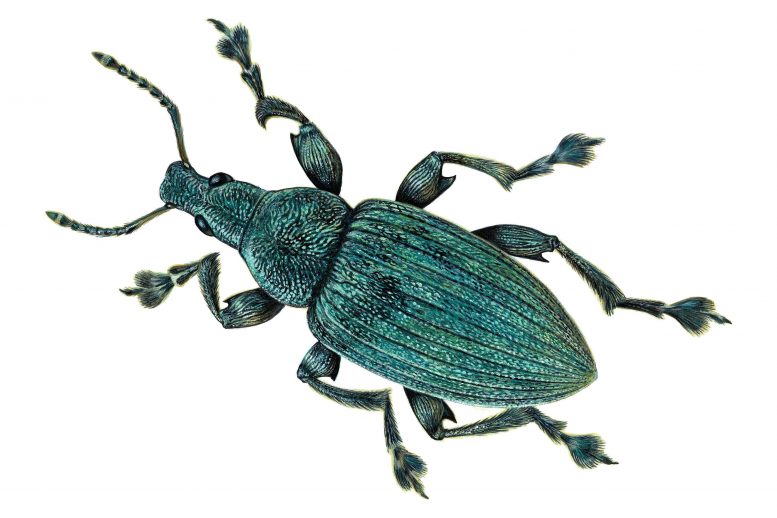
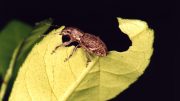
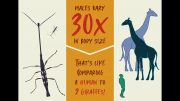
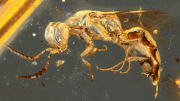
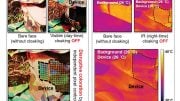
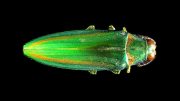
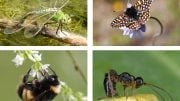

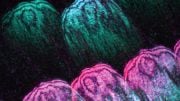
Be the first to comment on "13,000-Year-Old Fossils Hint at Evolutionary Origins of Insects’ Structural Colors"